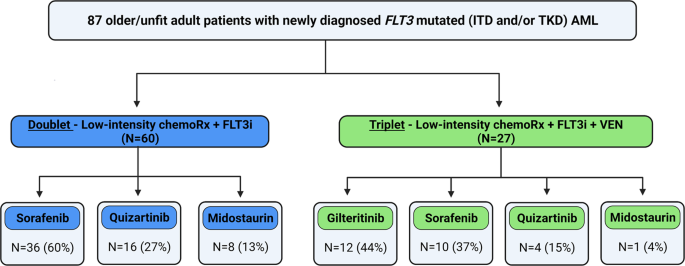Abstract
Background: Primary lung malignancies are a heterogeneous group of cancers that occur very rarely in childhood. Due to limited knowledge of their epidemiologic and clinical features, these tumors present a challenge to the treating physicians. This study aimed to increase the knowledge about the occurrence of primary lung malignancies in childhood in Germany.
Materials and methods: Pseudonymized data of cases recorded at the German Center for Cancer Registry Data (ZfKD) between 1990 and 2017 were retrieved. Primary lung malignancies were identified using the ICD- and ICD-O classification. Numbers were compared to those reported to the German Childhood Cancer Registry (GCCR). Crude incidence rates were calculated using the ZfKD database.
Results: A total of 168 patients diagnosed with primary lung malignancies in the age below 19 years were identified from the ZfKD. The median age at diagnosis was 13 years. The most common tumor entities were lung carcinoids (n = 49), lung carcinoma (n = 36), and pleuropulmonary blastoma (n = 14). An unexpected accumulation of lung cancer cases was noted in the first year of life without a clearly specified histopathological diagnosis. A substantial discrepancy in the numbers of primary lung malignancies between ZfKD and GCCR was found.
Conclusions: We present population-based data on the occurrence of primary childhood lung malignancies in Germany, which were more frequent than previously anticipated but likely remained underreported. For better understanding and optimal treatment of these entities, cancer registration needs to be improved through mandatory reporting to the GCCR and regular data sharing between GCCR, population-based and clinical cancer registries.










